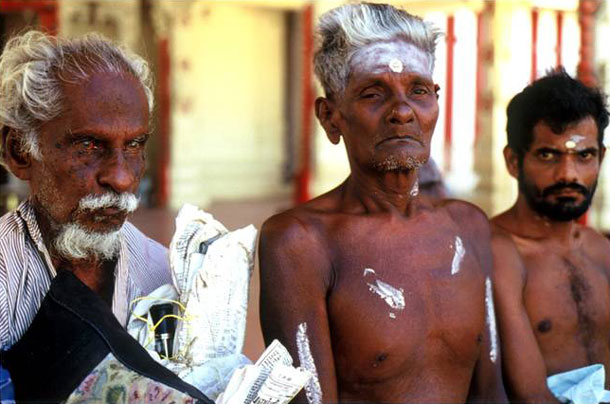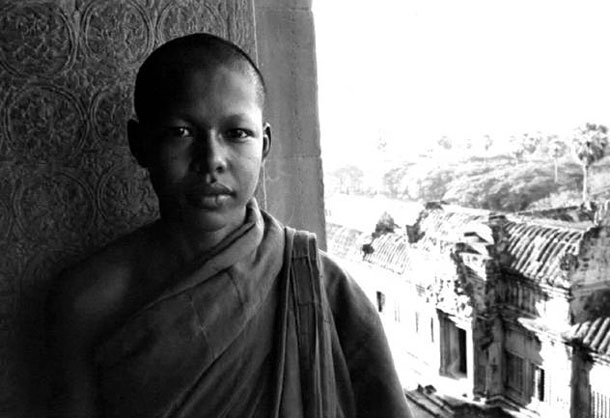Life without fast autofocus and blazing fps is unimaginable for many photographers. Today everything’s done automatically, be it exposure, white balance, mode, whatever. Cameras have become thinking things. All a photographer has to do is to release that shutter button and choose from a myriad of seemingly identical images. That’s why I love the improvised shooting with imperfect old cameras.
Analog cameras are reminiscent of more than just the past. They’re from a time when everyone was in less of a hurry and still had time to look around. Today we’re glued to some mobile screen wherever we are and whatever we do, be it while eating, meeting friends, sitting on the toilet. The last thing we’re holding before falling asleep is not the partner, it’s the smartphone, as is the first thing in the morning.
Analog cameras date back to an era that is blurred as our own memories. A photographer back in those days had no choice but to like what rolls of film captured. The wait for a developed film was as exciting as the shoot itself. The photos were often impermanent and thereby revealed the beauty of imperfection.

When on assignment today it’s a no-brainer to grab the digital camera. The results can be immediately edited and shared. But when trying to really enjoy photography, I handle the digital camera like an old analog camera. Rear LCD is switched off, well I’ll maybe auto exposure. Each shot requires its own aperture and speed, and I take my time to prepare for one, maybe to, maximum three exposures of the same subject/object, and then it’s time to move on.
Don’t get me wrong, I love electronic gadgets and the latest gear. I’m excited about new stuff and better sensors, but there is nothing like the magic of that slow analog approach; an approach that results in deficiencies, such as overexposure, slightly blown out detail, a blurred silhouette or awkward framing.
So… why not buy an old analog camera. They can be had so cheap these days, with a bit of luck and determination you get an old Zeiss Ikon Contax for a few hundred dollars on eBay. Classic Canons and Nikons and even complete Contax G2 sets can be had for the price of a basic digital camera. My all-time favorites however are the super compact Rollei 35, or how about old Soviet rangefinders?

The Soviet Smena, Zenit and Leica copies were produced for the mass market back then. They’re mechanical marvels, even the optics. When handled correctly these cameras deliver superior results. But while they force most of us to think again, they’re also fun to use and one never knows what to expect until one masters the camera in and out.
You won’t get perfect corner-to-corner sharpness, who cares about MTF charts, but while with a digital camera every image is a success, the analog approach is rather about surprises. Initially at least.
Yes, in the beginning most photos won’t be perfect. That doesn’t mean they’re less relevant or meaningful. They look more solid, more “mechanical” like the metallic gear they come from. They don’t have that perfectly noise-free and sanitized look produced by today’s plastic tools.

In fact, these older cameras are and operate like our memory. Only the essence of an experience remains. No one bothers about features or settings. Analog is a clear-cut approach, as simple and straightforward as the good things in life are. These cameras often produce random results, some of the blurry, fading over time, never as accurate as a digital photograph.
Often it’s just an unintended detail that makes a photo pop out; a face, a shadow, a color blotch — and why edit the photos deliberately. They’re supposed to be the way they’re recorded. No need to add or take away anything.
This kind of photography should not be about a better world back then or nostalgia. But I like these imprecise and never perfect captures for what they are: normal everyday occurrences without the need to look better than life already is.
Why have perfect images of a life that’s not perfect. And aren’t the few perfect moments in life here to just perish? No need to carve them in stone. A good photo that breathes and looks alive, it’s such a photo that immortalizes each moment’s mortality.


